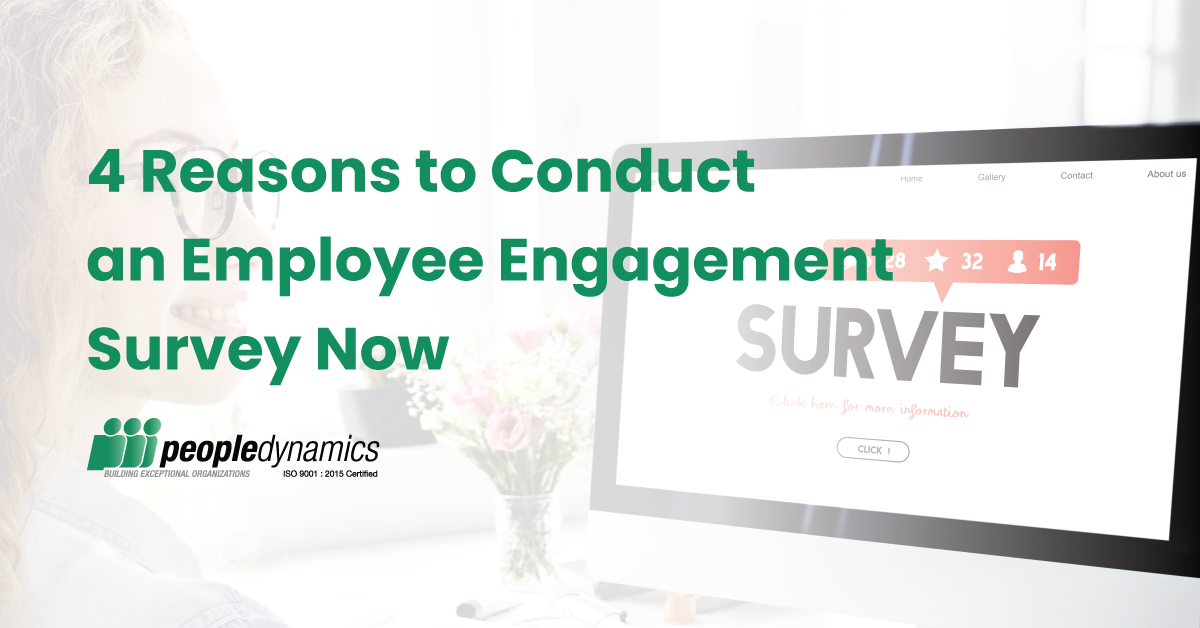Men. Women. Young. Not so young. Team members. Leaders. An organization is made up of people, with different genders, different ages, different personalities, from all walks of life. An organization is diverse. And this organizational diversity encompasses everything—race, gender, age, personality, etc. But while this is true, there’s another thing that diversity includes. It’s not just about how you perceive yourself, but also about how you perceive others.
Think about the times where you had preconceived notions about someone. How did you interact with that person? Did you communicate well with him or her? How many times have you avoided that person because you thought he was like this, or she was like that?
Organizational diversity is a strength. But at the same time, it can be a weakness, if not managed properly.
Benefits of Organizational Diversity
Diversity can be one of the greatest strengths of an organization. Each person is unique. Even if we find someone similar to us, they can’t be our exact copies. Even identical twins have differences! A wide array of employee backgrounds means the organization as a whole has more experience and expertise coverage, especially in critical areas that affect the company. We may have a situation that we’ve yet to experience, but others may have been there already. When facing challenges, the other members of the organization’s experiences will surely come in handy.
Discussions also benefit from organizational diversity. Ideas come from all kinds of persons in all kinds of situations. While ideas can come from one person only, abusing creativity turns a big, rapidly flowing river of it into a narrow and drying stream.
Another advantage of organizational diversity is by serving diverse clients better. The best way to know how to manage a millennial is from a millennial himself. The greatest way of knowing how women think is to ask other women. You will be able to know more about your clients and serve them better if you have members in your organization that relate to your customers best.
Challenges of Organizational Diversity
With a diverse workforce comes barriers, mainly in communication and language. You may have observed this in other organizations or the organization you belong to has this, but the number of non-Filipino workers in the Philippines are increasing. Communicating with them can be a challenge, especially when language, accent, vocabulary, and slangs play part in the conversation.
Different perspectives when communicating and culture are also challenges of diversity. What’s okay and culturally acceptable for you may not be okay for another person. You are brought up and perceive and understand things differently. Expect for the person you’re working with to have their own set of beliefs and traditions that they follow just like you do.
Managing Diversity
Human resources and management play a big part in managing diversity. But it doesn’t mean that other members of the organization can just leave everything to the HR department. If you’re part of the HR or management team, proactively plan to maximize the benefits of diversity while downplaying challenges. You can also initiate training programs that focus on sensitivity and cultural awareness.
Even if you’re not part of the HR or management team, do your best to be culturally aware. Communicate with your team members to know them well.
Ignorance is not an excuse. Diversity will always be a part of an organization, whether the members of it are aware of the diversity or not. The best way to overcome the challenges is to communicate and learn more about each other. Learn about the diverse people in your organization now!




